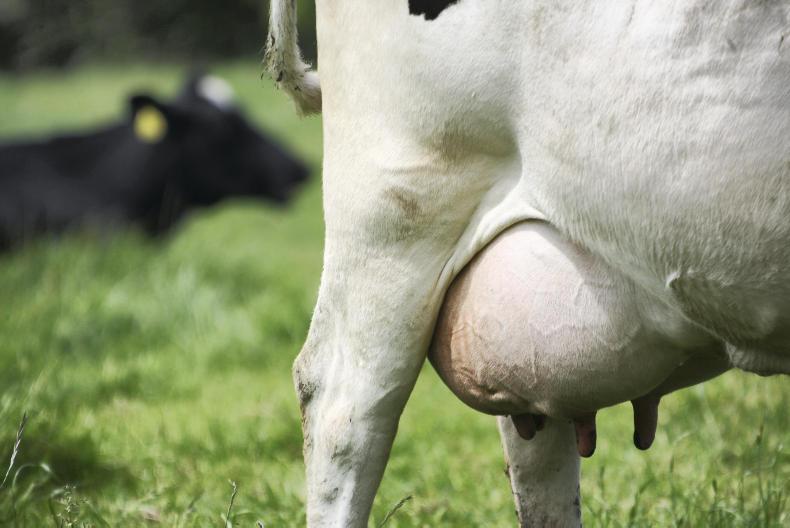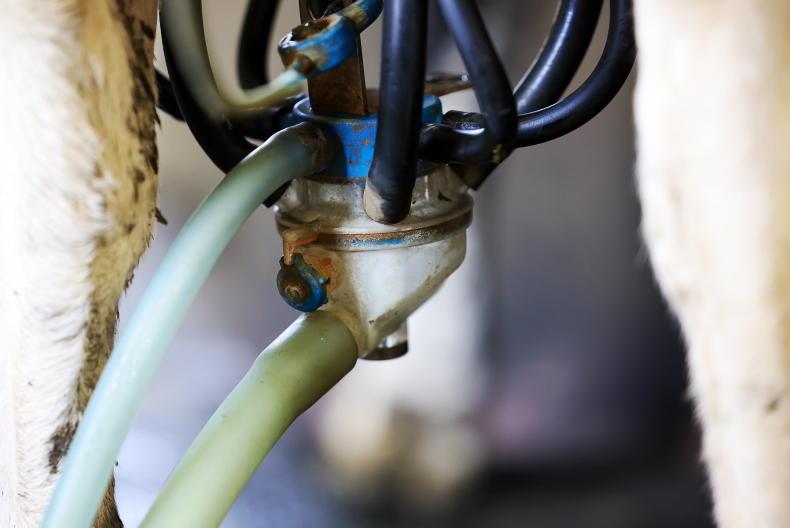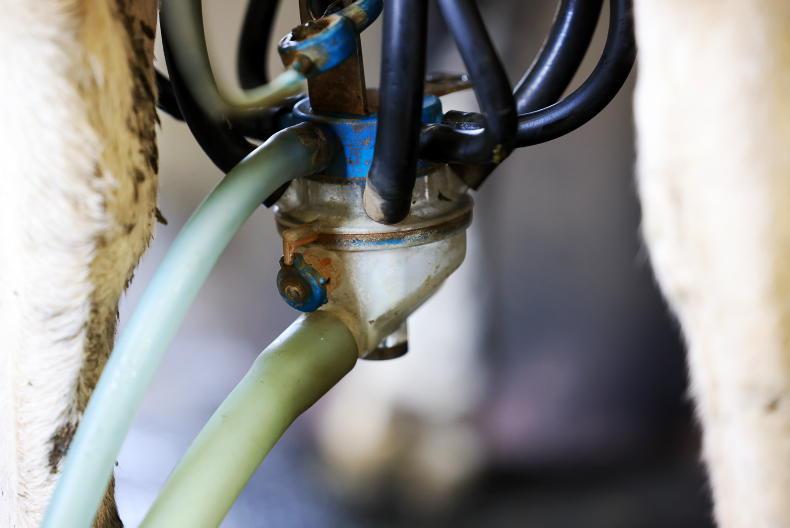Rabobank’s latest quarterly dairy report sets the tone clearly in its headline: “Rising tide of milk weighs on sentiment”.
While the bank’s analysts note that global supply has increased since last spring, they warn that it is not over yet. In Oceania, unfavourable weather conditions reduced production during the November spring peak. This leaves room for expansion this year.
Pressure
“Growth in the global exportable dairy surpluses will continue to expand in the coming period, pressuring global markets,” said Rabobank’s senior dairy analyst Michael Harvey. The bank’s analysts list geopolitical tensions and dairy policy uncertainty among the factors weakening market sentiment.
However, they stop short of predicting a price crash, as they expect milk price signals and some processors’ efforts to curb production.
Attention is now squarely fixed on production trends in Europe in the coming six months
“Attention is now squarely fixed on production trends in Europe in the coming six months,” they wrote. While EU prices have started to fall and fodder shortages are looming in parts of Ireland, this is not the case on a European scale where “solid roughage stocks and expanding herds will support milk production growth through the first half of 2018”.
Rabobank forecasts that EU plans to restrict access to intervention for skimmed milk powder this year will divert some of Europe’s milk towards cheese and whole milk powder production.
Australian supply up, Chinese down
Australia, too, is expected to grow its production. However, weather conditions continue to affect grass growth in New Zealand.
Elsewhere, the bank sees US supply growth continuing to slow down and Chinese domestic production remains lower than expected. South America should increase both supply and consumption, with limited impact on exports.
Read more
New Zealand dries up and milk supply predictions drop
Rabobank’s latest quarterly dairy report sets the tone clearly in its headline: “Rising tide of milk weighs on sentiment”.
While the bank’s analysts note that global supply has increased since last spring, they warn that it is not over yet. In Oceania, unfavourable weather conditions reduced production during the November spring peak. This leaves room for expansion this year.
Pressure
“Growth in the global exportable dairy surpluses will continue to expand in the coming period, pressuring global markets,” said Rabobank’s senior dairy analyst Michael Harvey. The bank’s analysts list geopolitical tensions and dairy policy uncertainty among the factors weakening market sentiment.
However, they stop short of predicting a price crash, as they expect milk price signals and some processors’ efforts to curb production.
Attention is now squarely fixed on production trends in Europe in the coming six months
“Attention is now squarely fixed on production trends in Europe in the coming six months,” they wrote. While EU prices have started to fall and fodder shortages are looming in parts of Ireland, this is not the case on a European scale where “solid roughage stocks and expanding herds will support milk production growth through the first half of 2018”.
Rabobank forecasts that EU plans to restrict access to intervention for skimmed milk powder this year will divert some of Europe’s milk towards cheese and whole milk powder production.
Australian supply up, Chinese down
Australia, too, is expected to grow its production. However, weather conditions continue to affect grass growth in New Zealand.
Elsewhere, the bank sees US supply growth continuing to slow down and Chinese domestic production remains lower than expected. South America should increase both supply and consumption, with limited impact on exports.
Read more
New Zealand dries up and milk supply predictions drop










SHARING OPTIONS